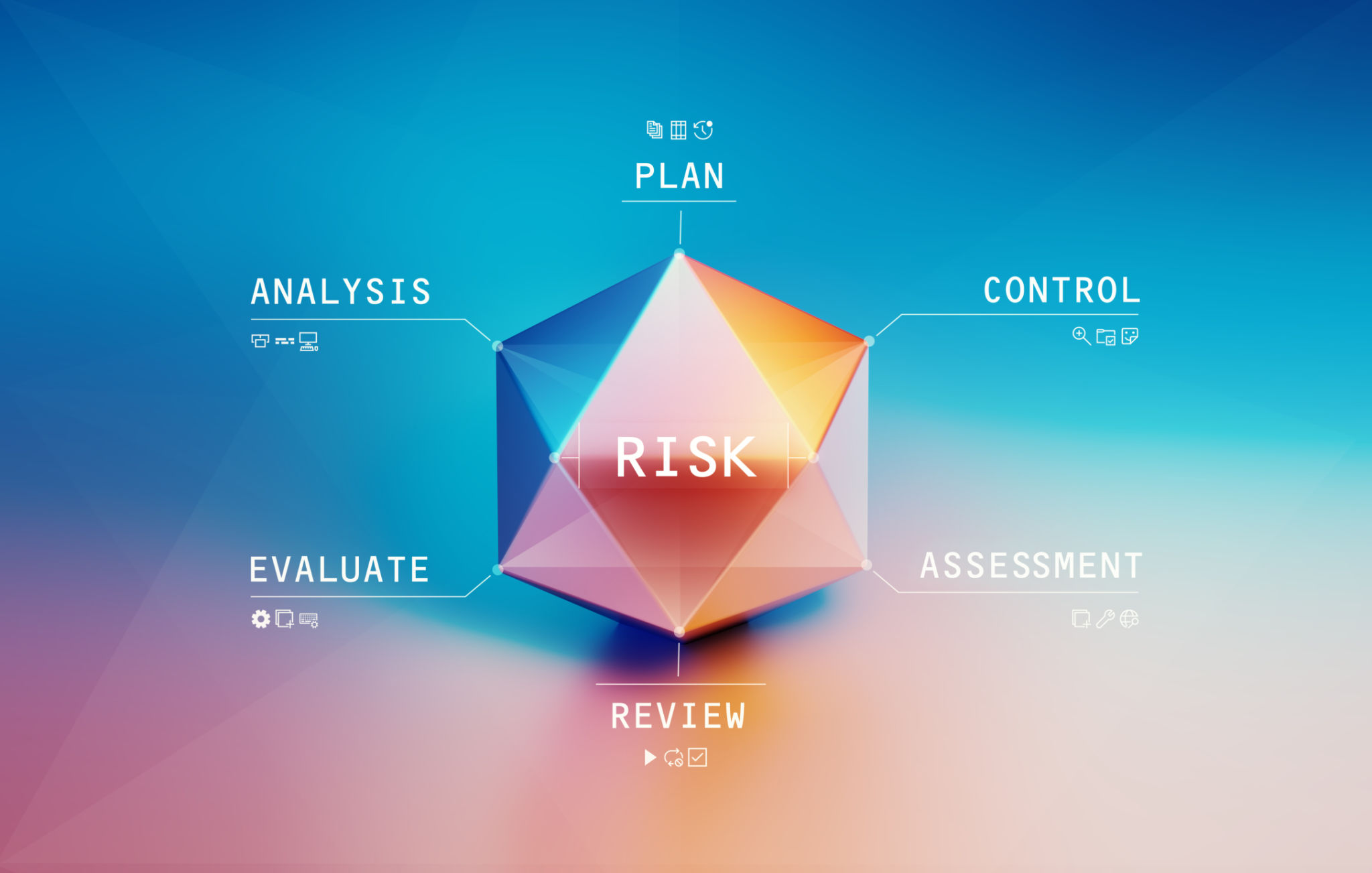How to Conduct a Cyber Risk Assessment: A Step-by-Step Guide for Financial Services
Understanding Cyber Risk Assessment
In the financial services sector, safeguarding sensitive data is of utmost importance. Cyber risk assessment is a proactive approach to identifying, evaluating, and prioritizing potential risks that could compromise an organization's information security. This process ensures that the necessary measures are in place to protect against cyber threats.
Conducting a comprehensive cyber risk assessment involves several steps. By following these steps, financial institutions can build a robust cybersecurity framework that minimizes vulnerabilities and enhances overall security posture.

Step 1: Define the Scope
The first step in conducting a cyber risk assessment is to define its scope. This involves identifying the critical assets that need protection, such as customer data, financial records, and proprietary software. By narrowing down the focus, organizations can better allocate resources to areas that require the most attention.
Identify Assets and Data
Catalog all assets and data that are crucial to your operations. This includes hardware, software, databases, and network components. Understanding what needs protection is fundamental to assessing risk accurately.
Step 2: Identify Potential Threats
Once the scope is defined, the next step is to identify potential threats that could exploit vulnerabilities within your systems. These threats may include malware, phishing attacks, insider threats, and more.
Evaluate Existing Security Measures
Review current security controls and assess their effectiveness. Determine if there are any gaps or weaknesses that could be exploited by cybercriminals. It’s crucial to ensure that your defenses are up-to-date and capable of mitigating identified threats.

Step 3: Assess Vulnerabilities
After identifying potential threats, the focus shifts to assessing vulnerabilities within your system. These are weaknesses that could be exploited by threats to gain unauthorized access or cause harm.
Conduct Vulnerability Scanning
Use automated tools to scan your network and systems for known vulnerabilities. Regular vulnerability scanning helps in identifying areas that require immediate attention and remediation.
Step 4: Analyze Risk Levels
The next step is to analyze the risk levels associated with each identified threat and vulnerability. This involves determining the likelihood of occurrence and potential impact on the organization.
- Likelihood: Evaluate how probable it is for a threat to exploit a vulnerability.
- Impact: Consider the potential damage or loss resulting from a successful attack.

Step 5: Develop Mitigation Strategies
Based on the risk analysis, develop strategies to mitigate identified risks. This may include implementing new security measures, enhancing existing controls, or adopting new policies and procedures.
Create an Action Plan
Formulate a detailed action plan outlining the steps necessary to address each risk. Assign responsibilities and set timelines to ensure prompt implementation of mitigation strategies.
Step 6: Monitor and Review
The final step in the cyber risk assessment process is continuous monitoring and review. Cyber threats are constantly evolving, so it is essential to regularly update your security measures and reassess risks to stay ahead of potential threats.
- Continuous Monitoring: Implement mechanisms to monitor network activity and detect anomalies in real-time.
- Regular Audits: Conduct periodic audits to ensure compliance with security policies and identify areas for improvement.
By following these steps, financial service organizations can effectively conduct a cyber risk assessment, ensuring their data remains secure and their operations resilient against emerging cyber threats.
